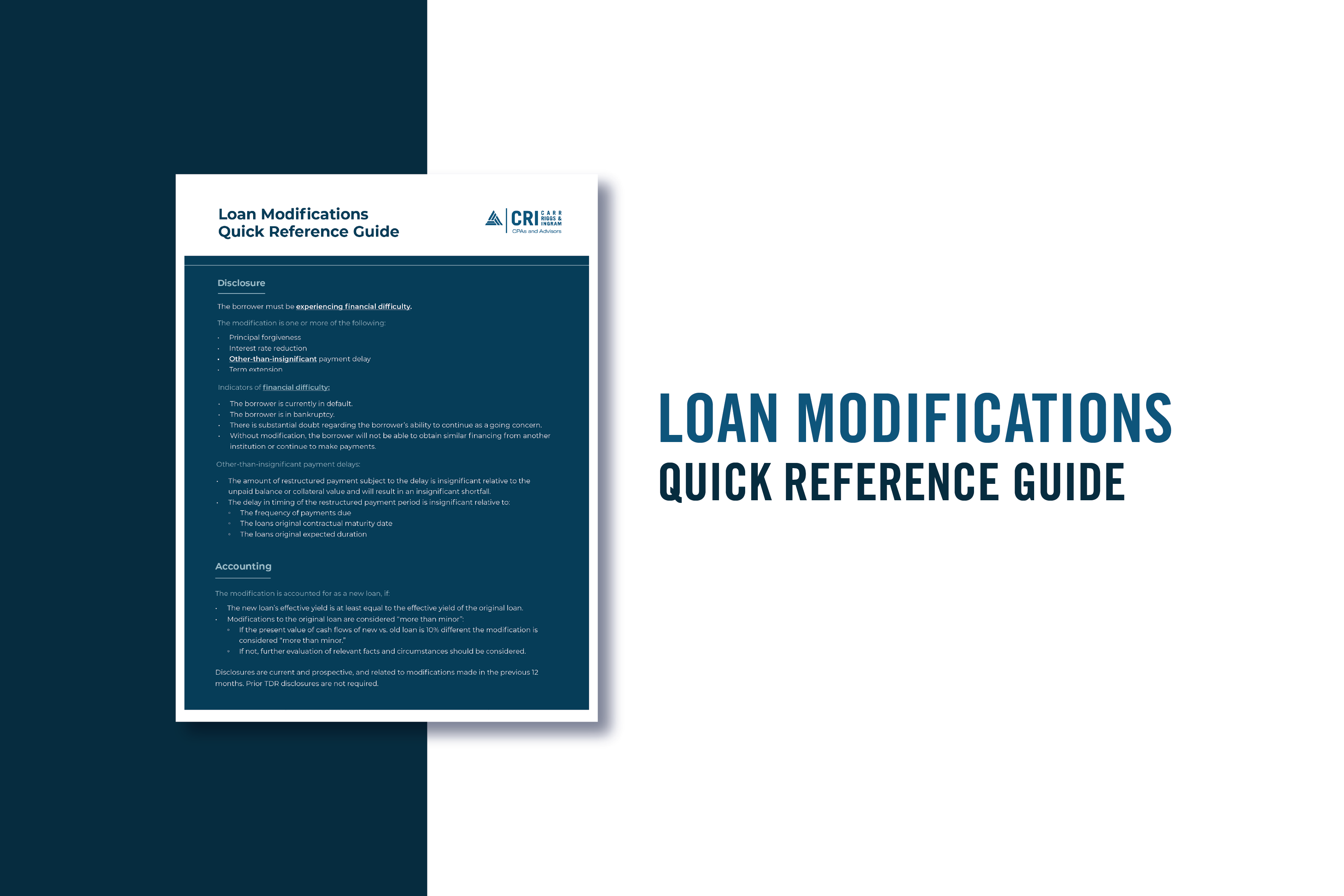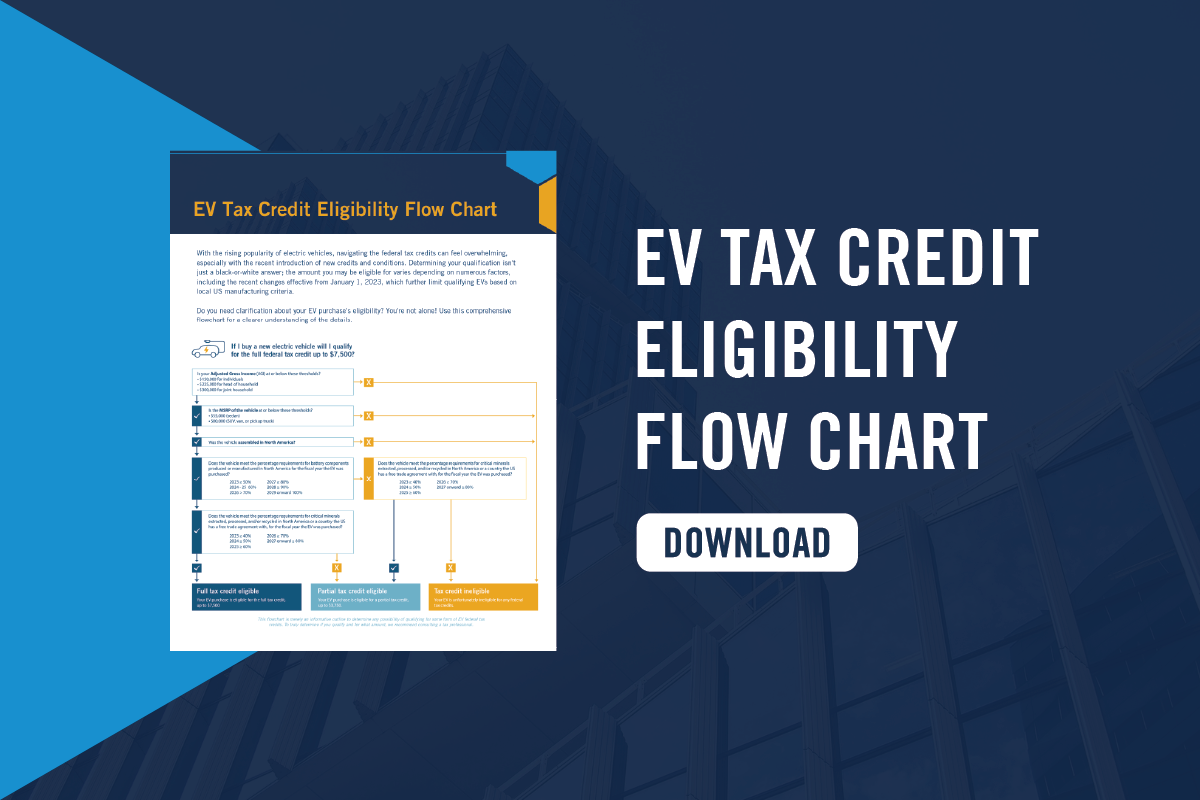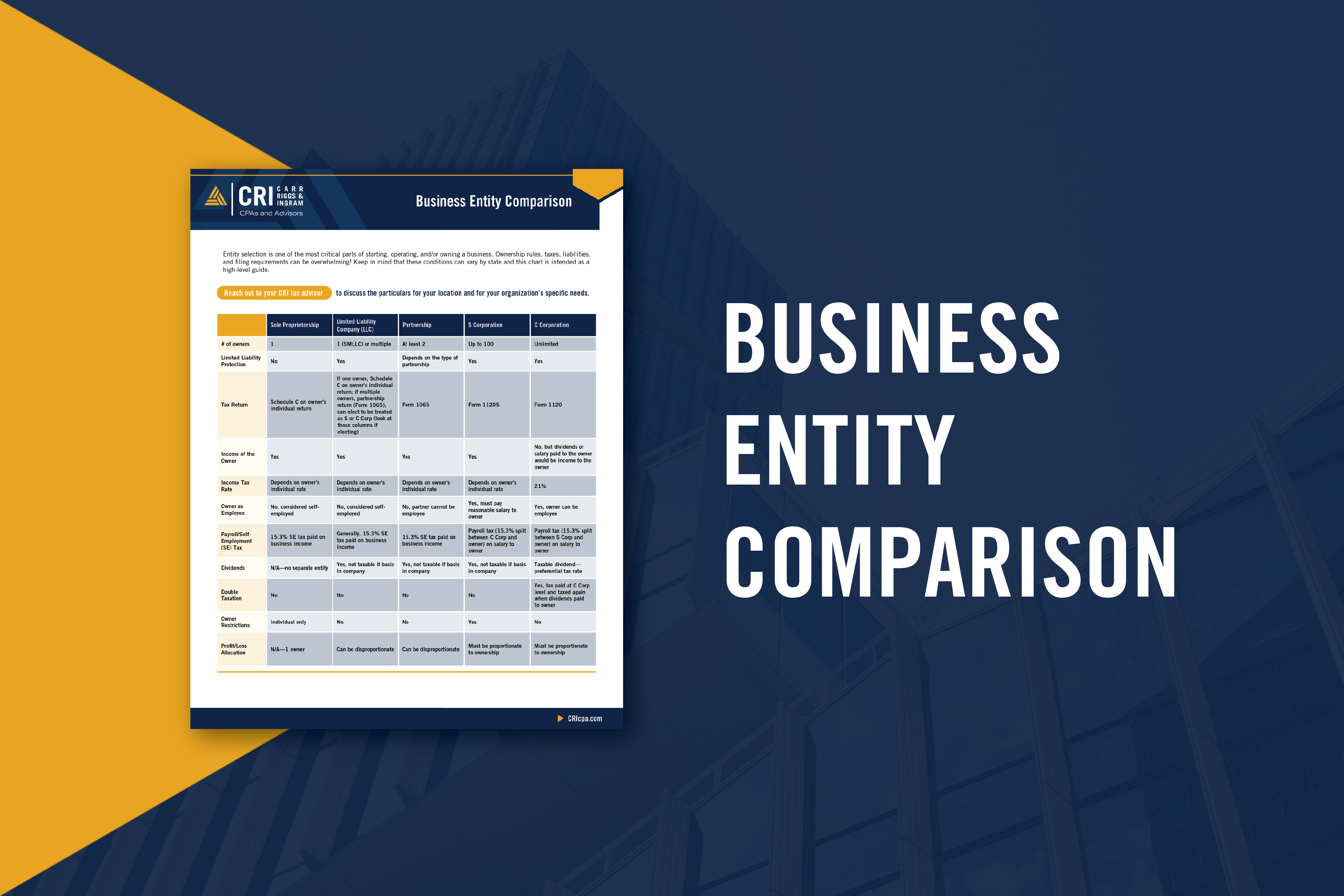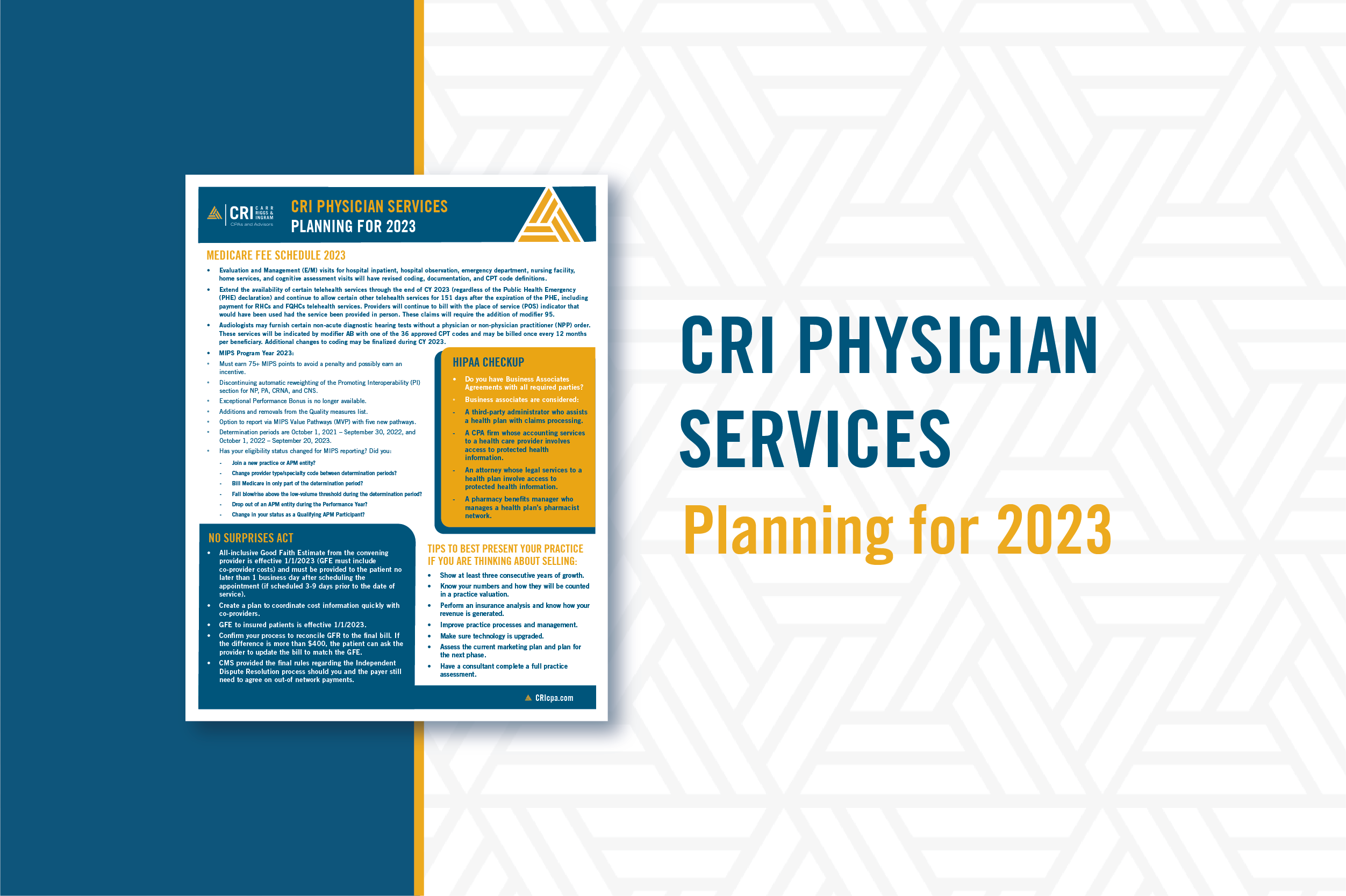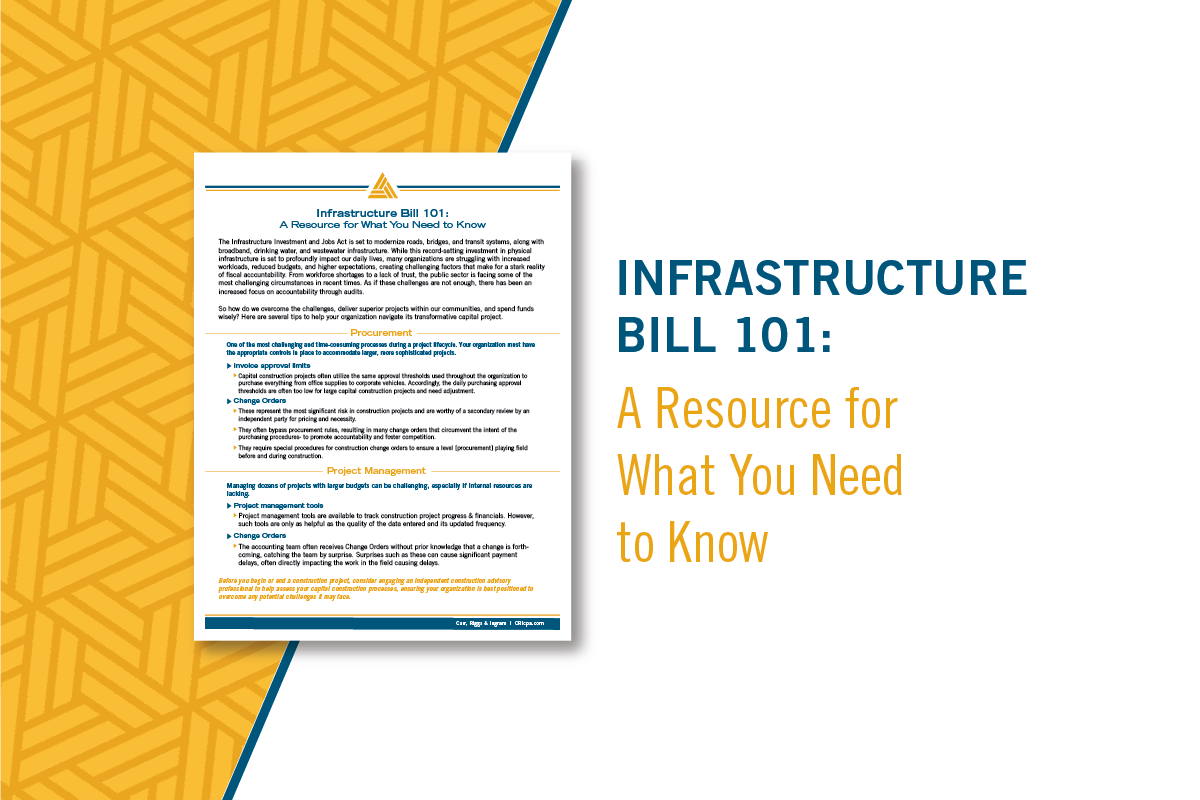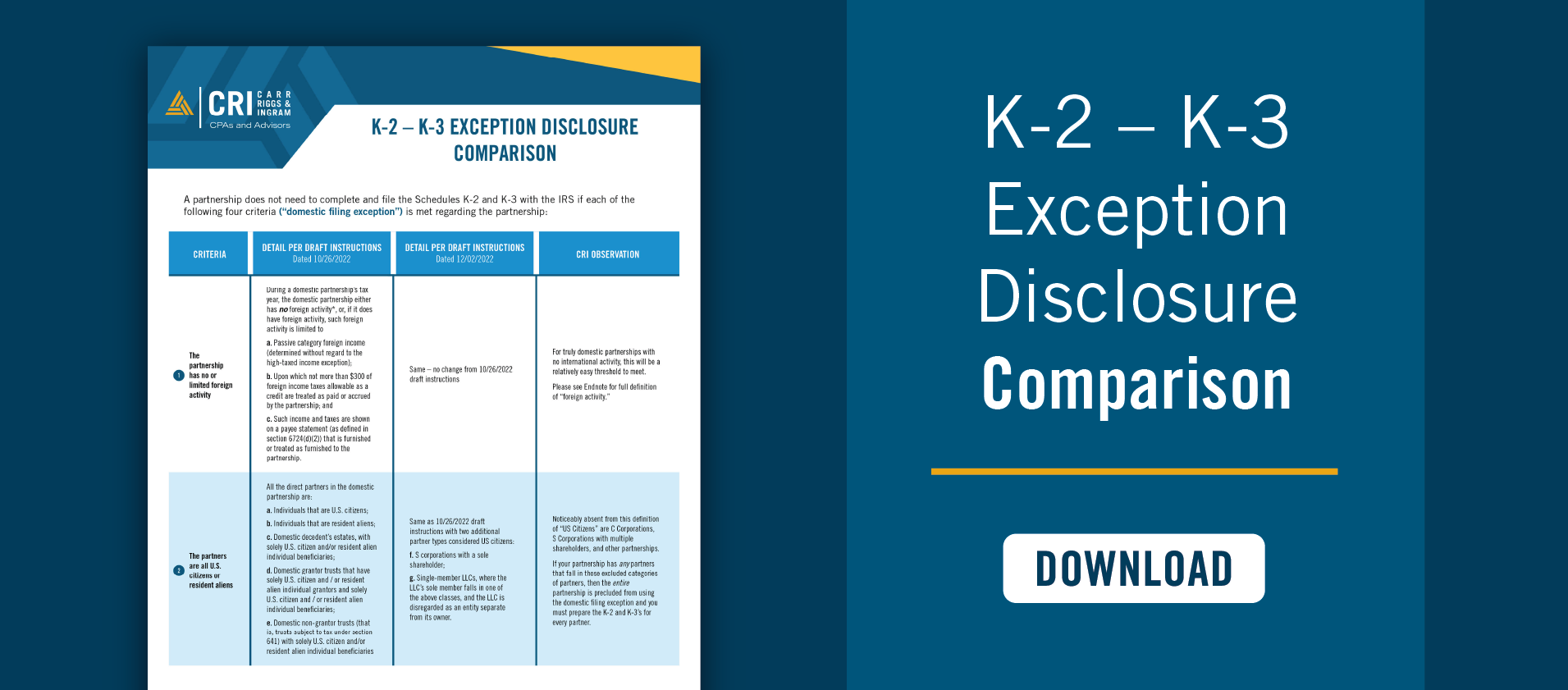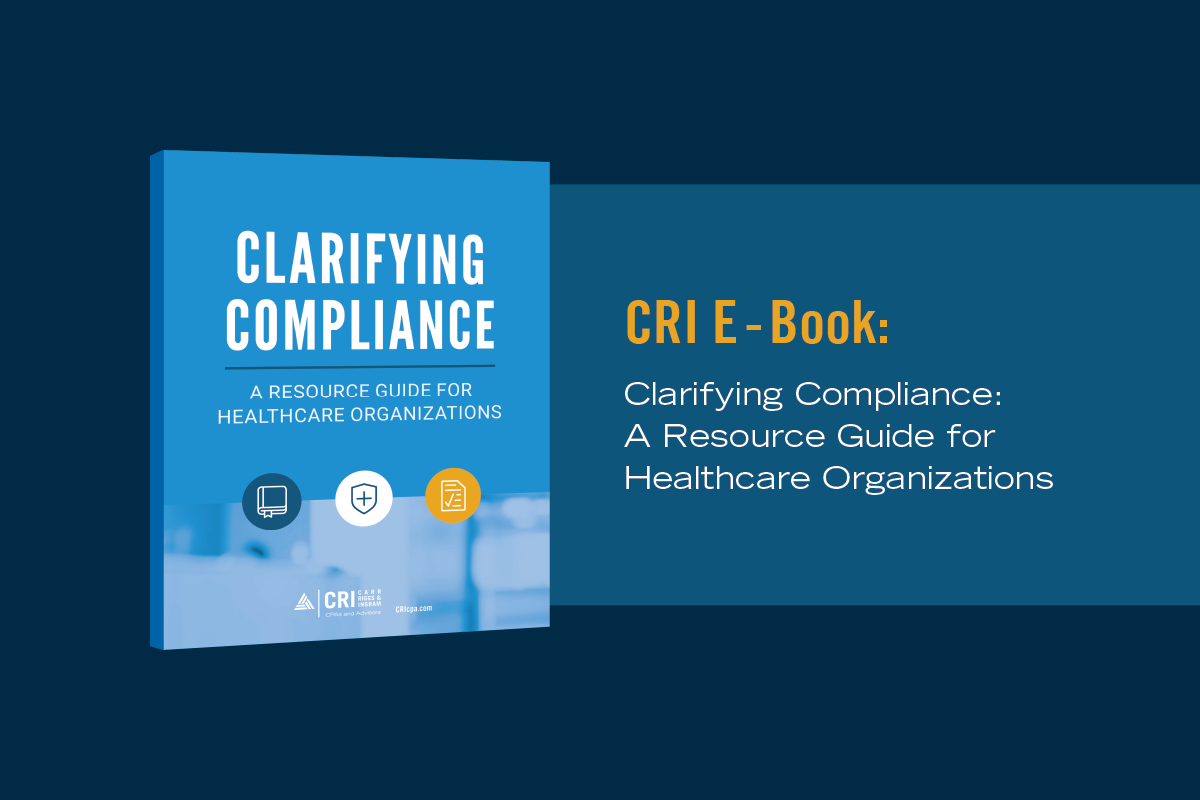Understanding the Management’s Discussion and Analysis (MD&A) Disclosure
Dec 20, 2018
The Management’s Discussion and Analysis (MD&A) is an important disclosure in an annual report because it summarizes the financials and relays management’s insights into the company’s performance. Unlike other disclosures, it is written as a narrative, which allows it to offer key information in a more digestible way.
What Is MD&A?
The U.S. Securities and Exchange Commission, or SEC, requires all public entities to supplement their financial statements with an MD&A. While private entities are not required to draft an MD&A, some choose to include it for the clarity it can provide. Typically, the MD&A is drafted by the company’s senior management, which may include the CEO, the CFO, the controller, or other financial heads of the organization, and it is reviewed and approved by the company’s audit committee or board of directors. According to the SEC, the MD&A has three primary purposes:
- To provide a narrative explanation of a company’s financial statements that enables investors to see the company through the eyes of management.
- To enhance the overall financial disclosure by providing context.
- To provide information about the company’s earnings and cash flow so that investors can ascertain the likelihood that past performance is indicative of future performance.
Providing this information in a narrative helps communicate what might not be readily discernible from the reports alone.
Disclosure Components
Most MD&A disclosures include the following components:
- Executive Overview and Outlook
While the executive overview is not required, most entities choose to include it. In the overview, management discusses the big picture — the company’s financial objectives, its successes and weaknesses, its risks and challenges, and its opportunities for growth. - Operating Results
Management typically presents the financial results for the year, summarizing and interpreting the numbers from the report. They may also discuss uncertainties that could impact future success, forecasted results, economic drivers, and additional financial information that would be meaningful to the reader. - Liquidity and Capital Resources
The company’s cash needs are examined from both a short-term and a long-term viewpoint. Management will often point to certain debt covenants or repayment structures that will affect the company’s ability to meet its cash goals. - Off-Balance Sheet Arrangements
Off-balance sheet arrangements are transactions or agreements that are not required to be reported on the balance sheet but that can impact revenues, expenses, and cash flows. Management can share how these arrangements serve the business and how they will affect credit risk. - Critical Accounting Estimates
Significant assumptions that management made when drafting the financials, or estimates that warrant explanation, are typically disclosed in the MD&A.
Each entity’s disclosure will look different. For instance, some MD&As will address customers’ concerns about a new direction the business has taken. Others will discuss legislative changes relevant to the industry.
Tips for Drafting an Effective MD&A
Because the SEC allows for such variation in these reports, you may not know if yours is sufficient and effective. Consider the following tips when drafting your next MD&A.
- Craft the MD&A that makes sense for your business.
You understand your organization’s policies and procedures, and you know what to expect from the market. Show your readers what you know so that they can review the financial statements with clarity. - Start from scratch each year.
To avoid boilerplate information, draft a new MD&A — from scratch — each year. Yes, it will take more time, but your readers will appreciate the authenticity. - Keep it brief.
Use plain language that is easy to understand, and simplify the information so that your overview is succinct. - Explain how multiple factors play off each other.
The financials are full of numbers, graphs, and charts. Inform your financial statement users how those numbers function together and what they mean. - Look at your competitors’ MD&As.
Review other MD&As from leaders in your industry. You may decide to include information that will put you in a better light by comparison. - Bring in key personnel to help.
Take the opportunity to ask your leaders what they are excited about, where they see the company in five years’ time, and what keeps them up at night.
Remember Your Purpose
The purpose of the MD&A is to let investors see your financials through your eyes. Any decisions you make about your MD&A report should support this goal.
If you have any questions about your MD&A disclosure, our CRI CPAs are here to help.

















































